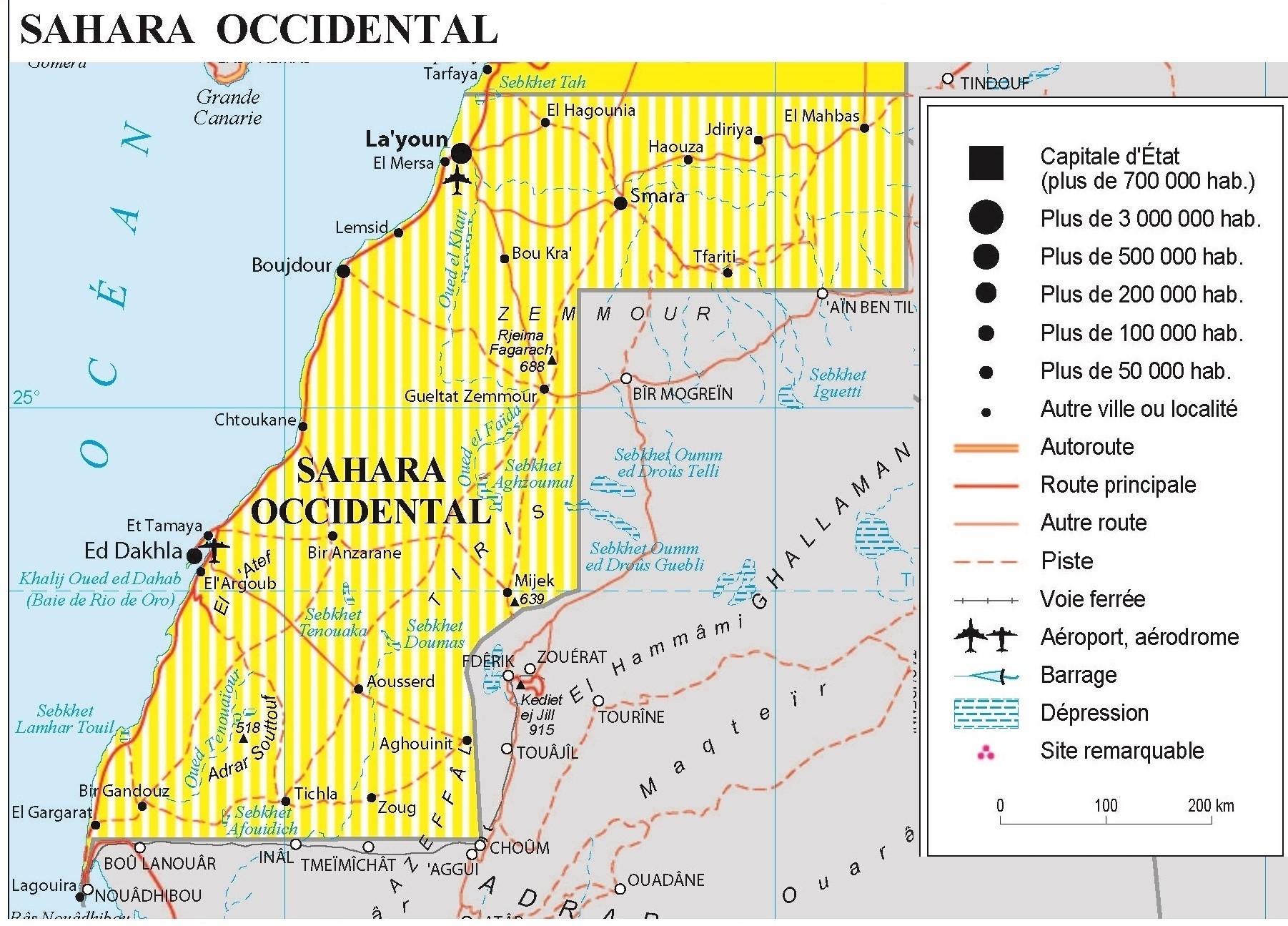A Sustainable Housing Market: Learning From Gregor Robertson's Plan

Table of Contents
Robertson's Vision for a Sustainable Housing Market in Vancouver
Gregor Robertson's vision for Vancouver centered on creating a more sustainable and livable city, with affordable housing at its core. His plan aimed to address Vancouver's unique challenges: limited land availability, soaring housing costs, and growing environmental concerns. The overarching goals included increasing housing density in appropriate zones, incentivizing developers to incorporate affordable housing units into new developments, improving public transit to reduce reliance on cars, and promoting green building standards to minimize environmental impact. Specific policies included:
- Increased Density in Targeted Zones: Rezoning initiatives aimed to allow for taller buildings and more housing units in certain areas, increasing the overall housing supply.
- Incentives for Affordable Housing: Developers were offered various incentives, such as density bonuses or expedited approvals, to include a percentage of affordable housing units in their projects.
- Investment in Public Transit: Significant investments were made in expanding the city's public transit network, aiming to reduce reliance on private vehicles and improve accessibility.
- Green Building Initiatives and Energy Efficiency Standards: The city implemented stricter building codes and incentives to encourage the construction of energy-efficient and environmentally friendly buildings.
These policies attempted to tackle the complex interplay between affordable housing, sustainable development, and the unique geographic constraints of Vancouver.
Analysis of Successful Initiatives
While Robertson's plan faced significant challenges, some initiatives demonstrated positive results. For example, the increase in density in certain areas did lead to a noticeable increase in the number of housing units constructed, though the impact on affordability was varied.
- Successful Community Housing Projects: Several community-based housing projects, supported by city initiatives, successfully provided affordable housing options for low-income families. These projects showcased the effectiveness of collaborative partnerships between the city, non-profit organizations, and developers.
- Increased Density and Affordability: While not uniformly successful in lowering overall housing costs, increased density in some areas did contribute to a more diverse housing market, offering more choices for different income levels. Data on specific projects would be needed for a more precise evaluation of this impact.
- Green Building Success Stories: The city's focus on green building standards resulted in a number of LEED-certified buildings, reducing the city's carbon footprint and demonstrating the viability of sustainable construction practices. These projects highlight the positive environmental impacts of incorporating green building initiatives into Vancouver’s housing policy.
The success of these initiatives was largely due to effective partnerships between various stakeholders, including developers, non-profit organizations, and community groups.
Challenges and Shortcomings of the Plan
Despite some successes, Robertson's plan also faced significant challenges and shortcomings. The supply of affordable housing remained critically low, failing to meet the growing demand.
- Insufficient Affordable Housing Supply: Despite incentives, the number of affordable housing units built fell considerably short of the city's needs, highlighting the limitations of relying solely on incentives for developers.
- High Construction Costs: Soaring land prices and construction costs in Vancouver presented significant obstacles to increasing the affordable housing supply.
- NIMBYism (Not In My Backyard): Resistance from some residents to increased density and development ("NIMBYism") hindered progress in several areas, delaying projects and limiting the overall impact of the plan.
These shortcomings stemmed from a variety of factors, including insufficient funding, complex regulatory processes, and a lack of widespread public support for higher density housing in all areas.
Lessons Learned and Future Implications for Sustainable Housing
Robertson's tenure as Mayor provides valuable lessons for developing effective sustainable housing market strategies. The experience highlights the need for a multi-pronged approach that addresses affordability, sustainability, and community concerns.
- Improved Affordability and Sustainability: Future policies must incorporate a wider range of strategies to address affordability, including rent control measures, increased investment in social housing, and innovative financing models. Sustainability targets should be incorporated into all housing projects.
- Streamlining Regulatory Processes: Simplifying development approvals and reducing bureaucratic hurdles can expedite the construction of new housing units, both affordable and market-rate.
- Fostering Public Support: Effective public engagement and communication strategies are essential to build consensus and overcome NIMBYism, ensuring community buy-in for sustainable housing initiatives.
These lessons have broader implications for other cities grappling with similar housing challenges. Cities like Amsterdam, with its focus on innovative housing designs and density management, offer compelling examples of best practices in creating sustainable housing markets.
Building a Sustainable Housing Market: Moving Forward
Gregor Robertson's plan for a sustainable housing market in Vancouver demonstrated a commitment to addressing a complex urban issue. While some initiatives achieved success, others fell short of their goals. The key takeaway is the need for a holistic approach combining density increases, targeted incentives for affordable housing, and community engagement. Creating a sustainable housing market is crucial not only for economic reasons but also to address environmental concerns and create more equitable and livable cities. We must learn from the successes and failures of past policies like those implemented in Vancouver and advocate for solutions that balance affordability, sustainability, and community needs. Let's engage in constructive discussions about sustainable housing policies in our own communities and push for innovative solutions to build a better and more sustainable housing market for the future, ensuring access to safe and affordable housing for all.

Featured Posts
-
 Ultimats Ukrainai Miera Ligums Vai Turpmaka Konflikta Eskalacija
May 27, 2025
Ultimats Ukrainai Miera Ligums Vai Turpmaka Konflikta Eskalacija
May 27, 2025 -
 Gwen Stefanis Christian Faith Outraging Leftist Fans And Winning Tucker Carlsons Support
May 27, 2025
Gwen Stefanis Christian Faith Outraging Leftist Fans And Winning Tucker Carlsons Support
May 27, 2025 -
 Will Green Bones And The Breadwinner From Mmff 2024 Be On Netflix
May 27, 2025
Will Green Bones And The Breadwinner From Mmff 2024 Be On Netflix
May 27, 2025 -
 Robert F Kennedy Assassination Files Imminent Release Date
May 27, 2025
Robert F Kennedy Assassination Files Imminent Release Date
May 27, 2025 -
 Le Sahara Occidental Et La Caf Une Decision Qui Change La Donnee
May 27, 2025
Le Sahara Occidental Et La Caf Une Decision Qui Change La Donnee
May 27, 2025
